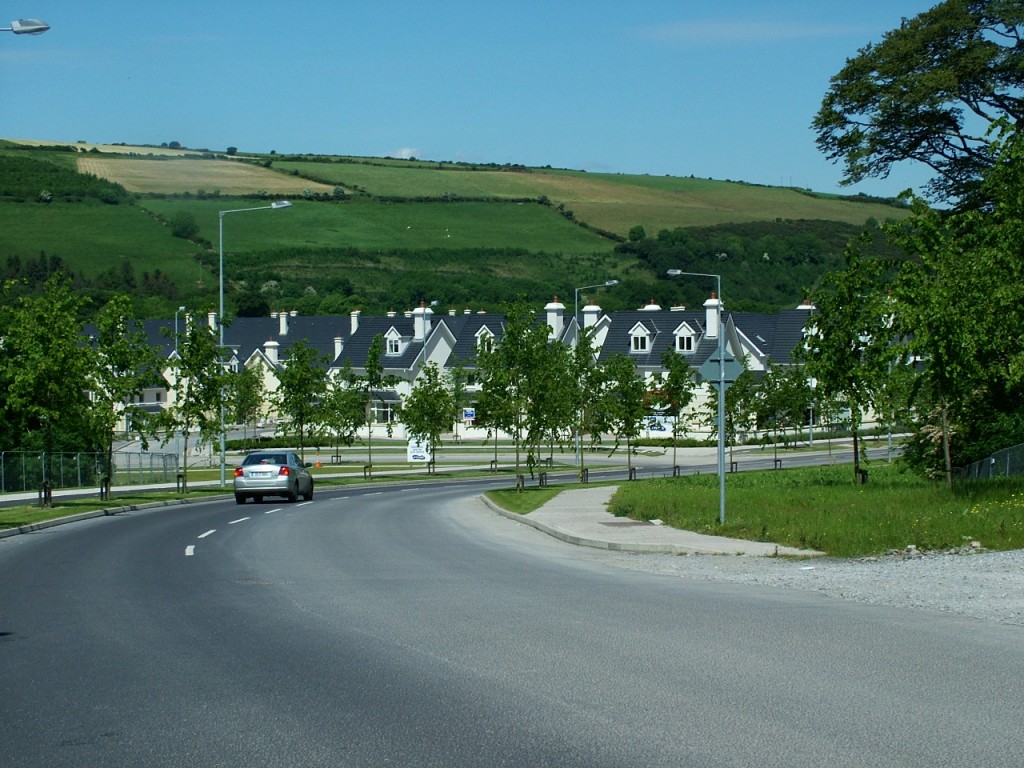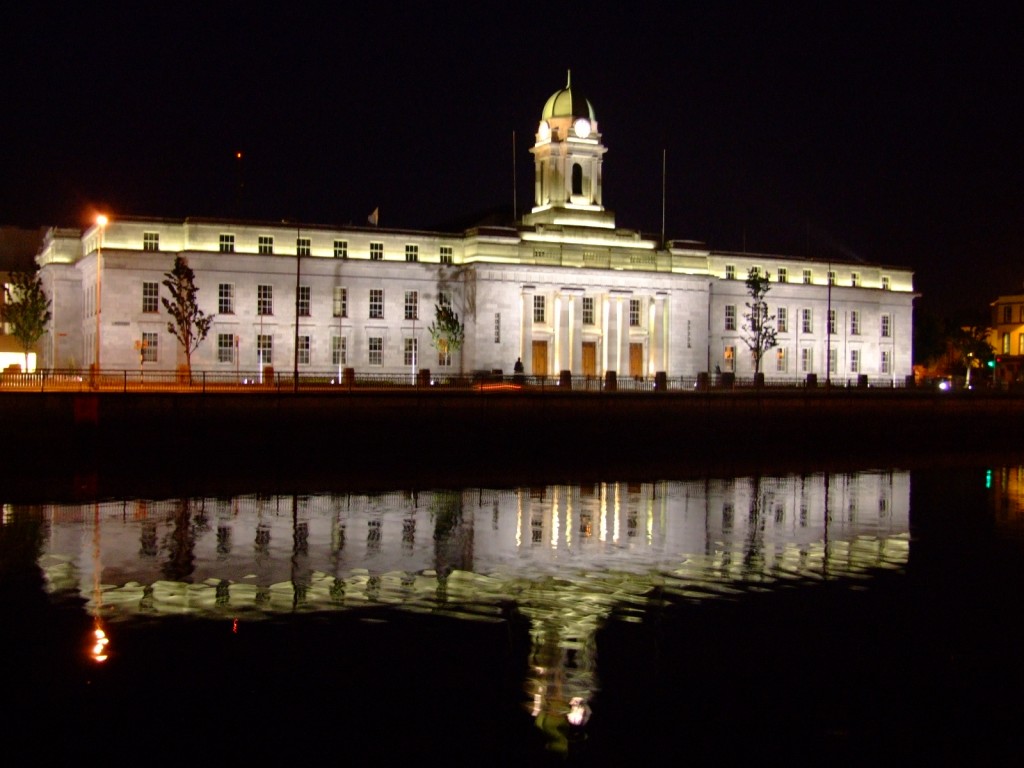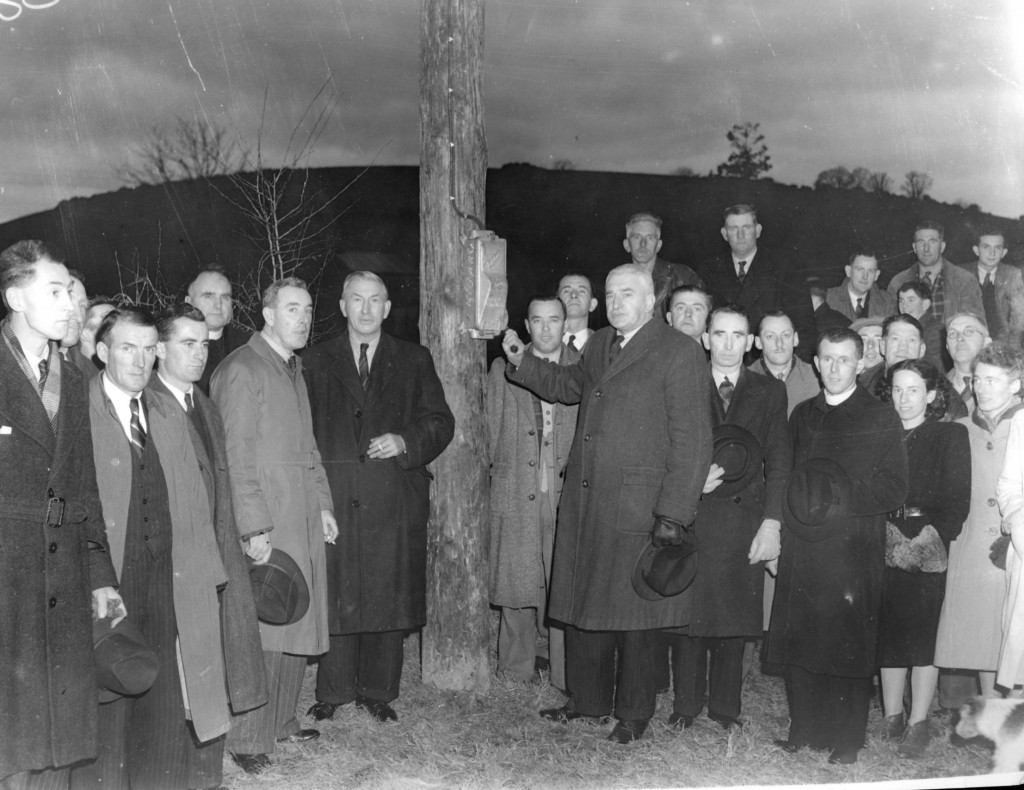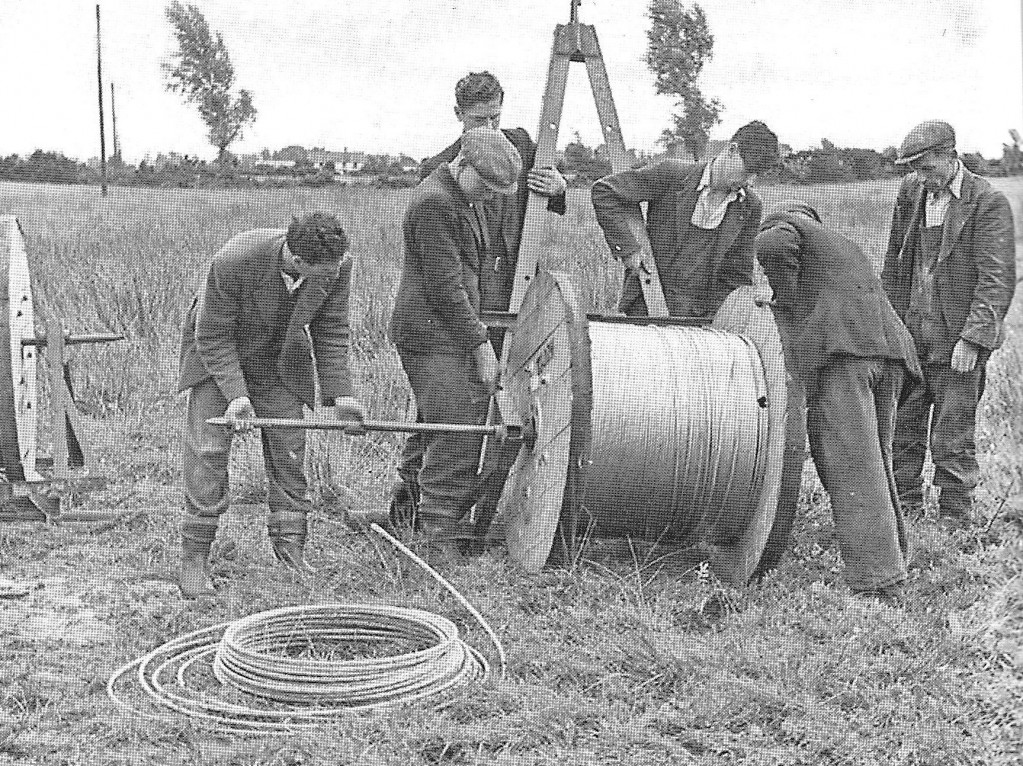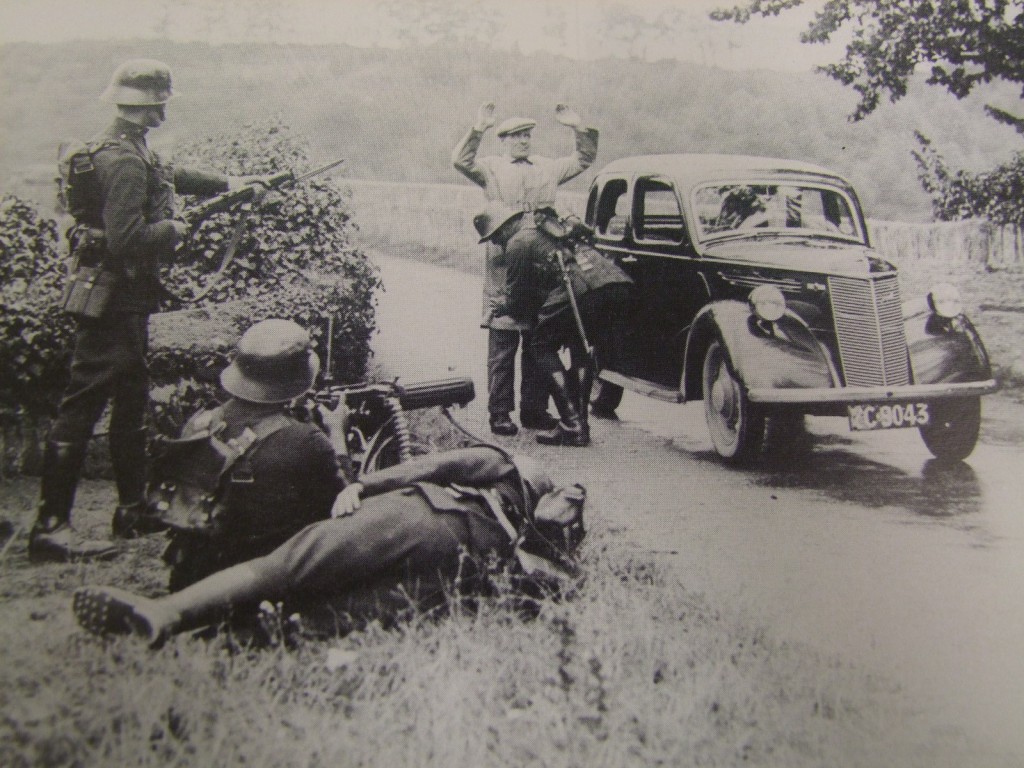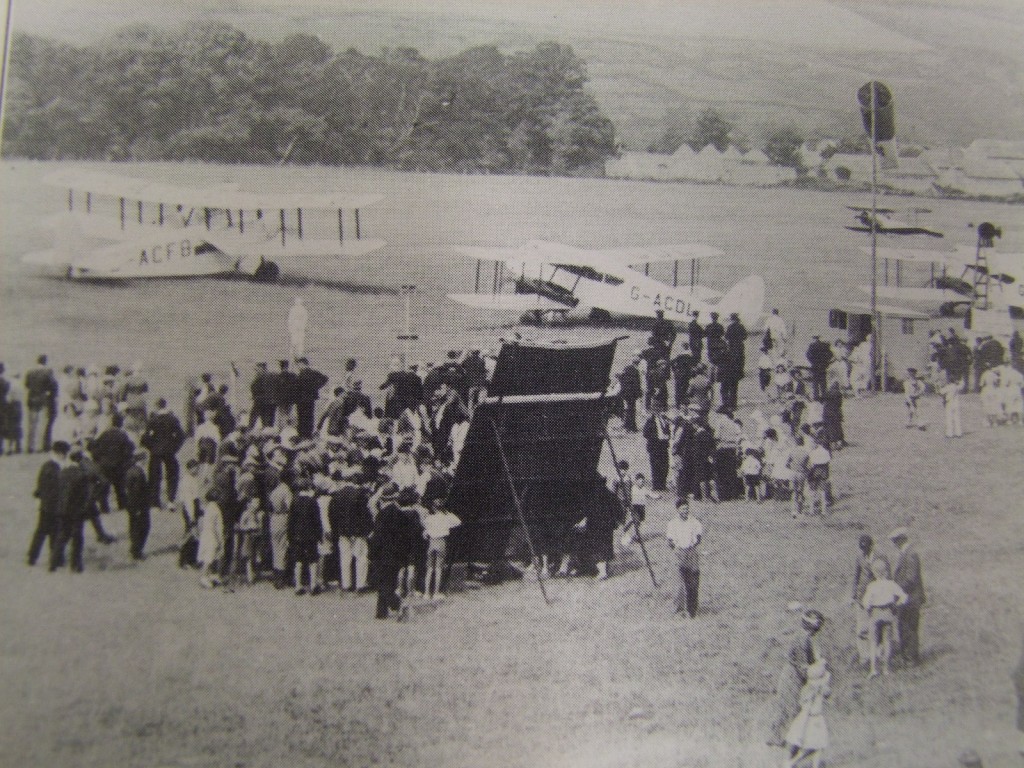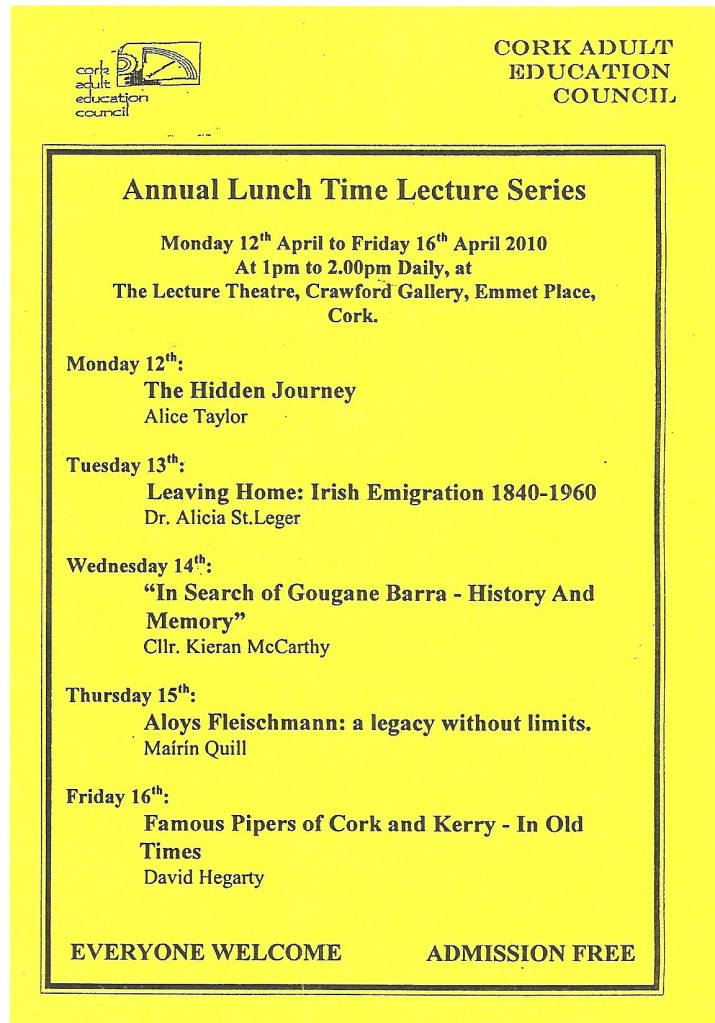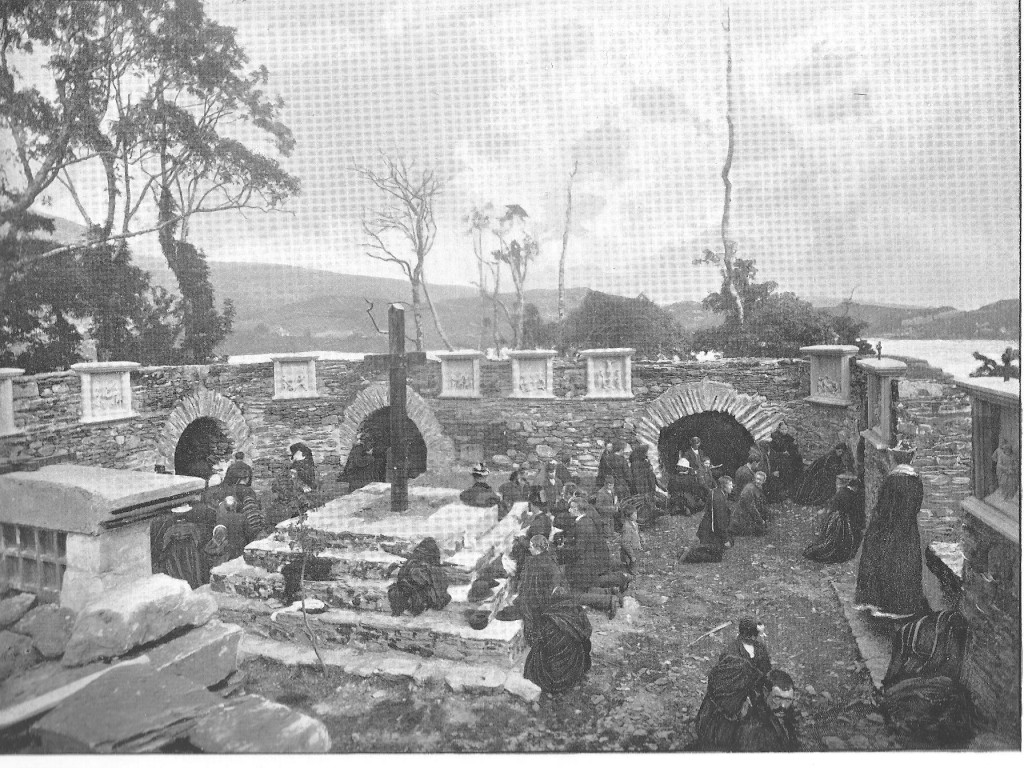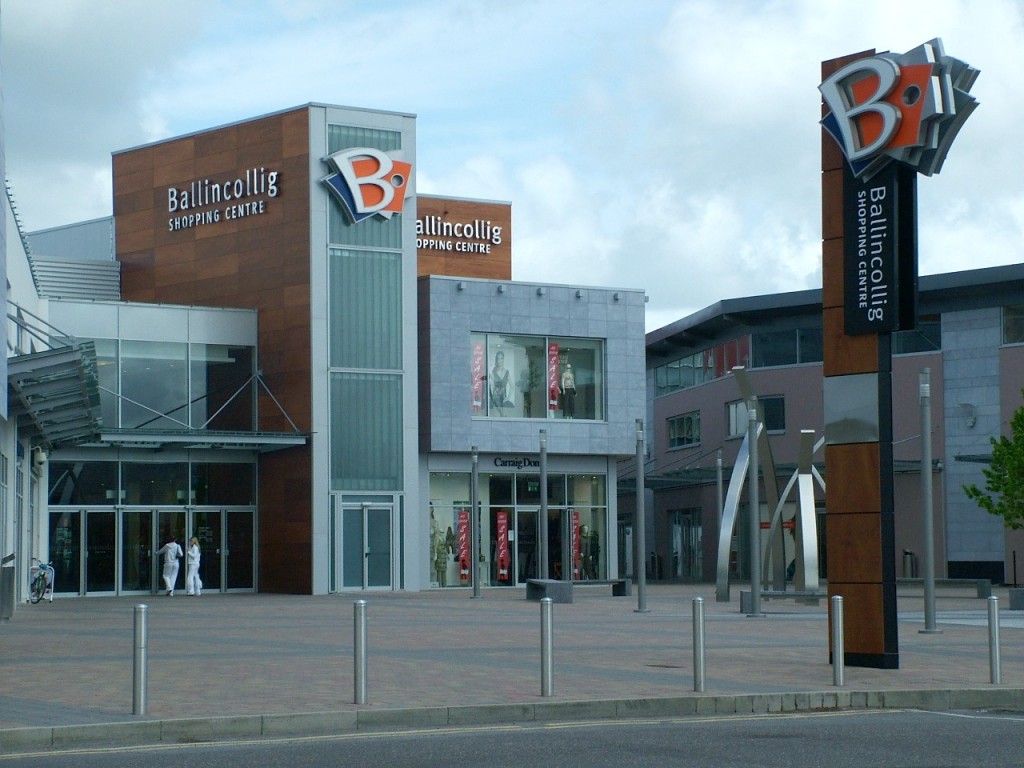
Kieran’s Our City, Our Town,
Cork Independent, 29 April 2010
In the Footsteps of St. Finbarre (Part 210)
A Village Transforms
The year 1945 coincided with a general depression over the Irish economy. Times were harsh and jobs were few. It was only in 1959 when Eamonn de Valera became President and the new Taoiseach was Sean Lemass when a series of plans to rebuild the Irish economy really began. The memories of the bloody struggle for independence, the partition of the country were also still fresh for the Irish public. Sean T.O’Kelly became the second President of Ireland in 1945 (till 1959). He had been involved in the 1916 rising and was a member of Dáil Éireann from 1918 until his election as President. Due to a loss of support by a majority of TDs, he also had to dissolve the Dáil on four occasions (in 1948, 1951, 1954 and 1957).
Guy’s Directory of Cork in 1945 (available in Cork City Library) for the Ballincollig region details a large farming base with approximately 55 farmers listed. Like most towns, it provided a number of services. Ballincollig’s post mistress was M. Duggan; the shopkeepers were J. Boyde, P. O’Connell, T. Coakley; Sergeant P. White was in charge of the ‘Civic Guard’s Station’; Mrs. H Beechinor was one of the local victuallers, P.J. Lynch, a vintner, J. Crowley, a local doctor, J. Flynn, a horse dealer, F. O’Sullivan and D.O’Sullivan, local harness makers and Ford and Sons, local builders.
The national school teachers were Miss A. Horgan, J. Coughlan, J. Long, Miss M.O’Neill, Mrs E. O’Neill, Mrs Clancy and Miss O’Riordan. Rev. J. Sexton (1930 to 1953) and Rev. P. Sheehan, were the parish priests. Mr. T.H.G. Wallis, was a local solicitor who lived in Parknamore. J. Mahony was a motor agent. William Murphy was the caretaker of Powder Mills whilst W. Egar was manager of the local creamery. Mrs. Riordan headed up the dispensary whilst T. Riordan was the local blacksmith. In 1945 D.O’Keeffe is recorded as the station master whilst J.O’Neill was the signal man Ten years previously Ballincollig railway station closed to passenger traffic on 1 July 1935, closed to goods traffic on 10 March 1947 and finally closed altogether on 1 December 1953.
There was also a movement into urban centres from rural areas. The Journals of Ballincollig Community School, Local History Society reveal that between 1948 and 1955, Cork County Council purchased land and developed four local authority-housing schemes at Ballincollig and Carrigrohane – three housing schemes were completed in the vicinity of the East Gate viz. Leo Murphy Terrace, Fr. Sexton Park and Peter O’Donovan Crescent (early 1960s development). Village life was enlivened by the playing of the village children, fancy dress parades and by the Aonach festival, organised in 1948 to raise money for the building of Scoil Eoin and the Repair of the church. Almost £15,000 was raised. Teachers, Gardaí and priests form the backbone of every local community. Mr. Eugene O’Callaghan taught in the boy’s school between 1922 and 1964. In his last 25 years he was principal in Scoil Eoin.
The Rainbow Ballroom on the Carrigrohane Straight was a centre of attraction from 1949 to 1967. Dances, plays, concerts formed the entertainment and provided the memories – For example McNamara’s Band. In 1955, James Dillon, Minister of Agriculture, opened the Cork Farmers’ Union Factory in Ballincollig. It later became Byrne’s meats before it closed in the mid 1980s. From the early 1950s and the early 1960s, Hennessy’s of Cork assembled cars, bikes and lorries in Ballincollig. Their name is mainly associated with DW cars. Both John A Wood’s and O’Regans have been working in the Ovens-Ballincollig area since the early part of the century.
In the 1970s, Ballincollig developed as much more of a satellite town, with many housing developments constructed around the old village and housing people who worked in Cork City or its suburbs. This expansion continued through the late 80s and 90s. Consequently the town’s population has risen dramatically, particularly with the westward expansion of the town. A total of 10,000 people are recorded for 1982.
The most recent change came with the Government decision in July 1998 that Murphy Barracks, along with five others, would be closed and disposed of, thus facilitating and supporting a much needed reinvestment programme to meet the on–going equipment and infrastructure needs of the Defence Forces. With the purchase of the property from the Department of Defence in O’Flynn Construction took the opportunity to construct a new town centre for Ballincollig comprising residential, commercial and retail elements. Today the population of the town and environs stands at 20,000 people.
Ballincollig has played a large role in Irish history climbing from the role of a key gunpowder mill in the British empire of the nineteenth century to the current presence of multi-nationals and their role in the present globalised world. With such changes, Ballincollig’s identity as a place has fluctuated as each generation and different town functions brought new people to the town. A great narrative exists through the lens of Ballincollig’s heritage on telling the story of how Ireland’s identity changed and continues to evolve by different interest groups. A wonderful opportunity also now exists to integrate the historic sites into the fabric of the town of Ballincollig.
To be continued…
Captions:
537a. Present day Ballincollig Town Centre (pictures: Kieran McCarthy)
537b. Contrasts, modern housing and the Lee Valley, Ballincollig Old Quarter, June 2006
